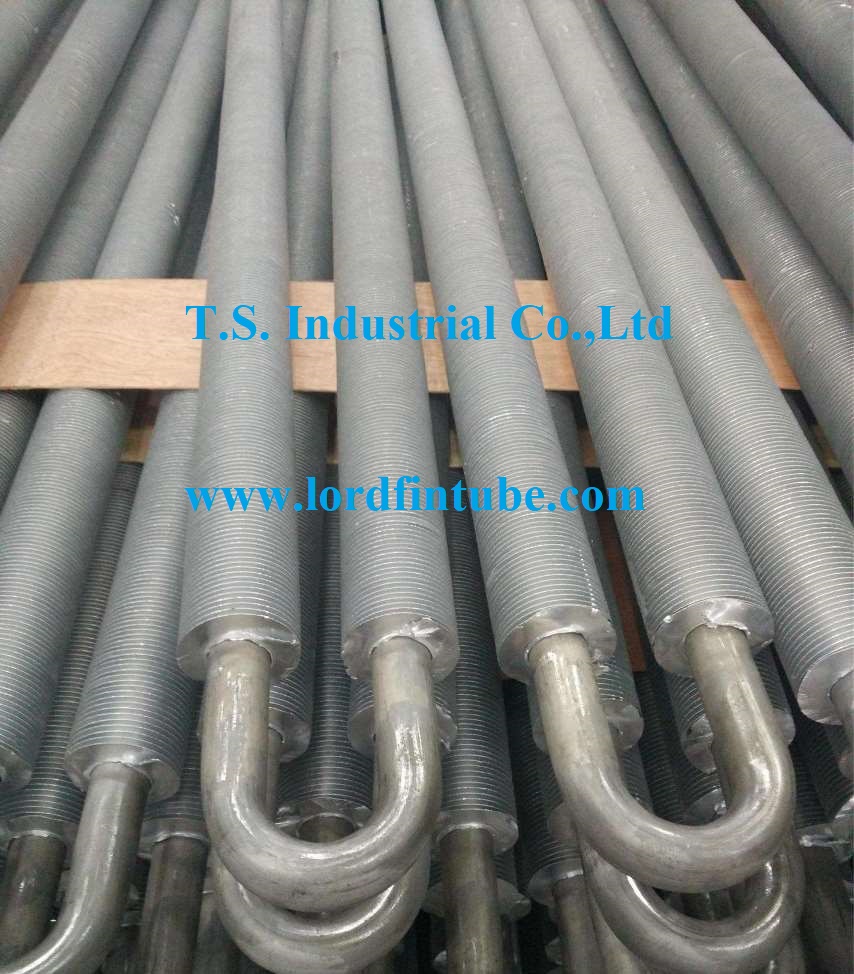Bimetallic fin tube thermal conductivity
The thermal conductivity of a material describes its ability to conduct heat. Its a critical property in applications like radiators and heat sinks, where efficient heat transfer is essential for cooling electronic devices and other systems.
While aluminum alloys are prevalent in such applications due to their favorable balance of properties like lightweight and corrosion resistance, theyre not the best in terms of thermal conductivity. Silver actually has the highest thermal conductivity among commonly used metals, making it theoretically the most efficient material for heat transfer. However, due to cost and other factors, silver is less practical for widespread use compared to copper and aluminum.
Copper comes in next after silver in terms of thermal conductivity. Its often used in heat sinks and other applications where high thermal conductivity is crucial. Aluminum follows closely behind copper in terms of thermal conductivity, and its advantages lie in its lower cost, lighter weight, and ease of manufacturing.
Copper-aluminum combined radiators offer an innovative solution to optimize heat transfer. By combining copper and aluminum through specialized processes, these radiators leverage the rapid heat transfer capabilities of copper while benefiting from the larger surface area for heat dissipation provided by aluminum. This combination effectively balances the strengths of both materials, ensuring efficient heat transfer and dissipation.
In heat exchangers, the choice of material significantly impacts performance. The thermal conductivity of metals varies widely, and its important to select materials based on specific application requirements. For example, bimetallic fin tubes often utilize aluminum fins due to their high thermal conductivity, which enhances overall heat transfer efficiency.
While carbon steel has relatively low thermal conductivity compared to metals like copper and aluminum, it remains widely used in various applications due to its affordability and availability. However, stainless steel offers higher thermal conductivity compared to carbon steel, making it a more suitable choice for certain applications. Using design schemes intended for carbon steel when manufacturing stainless steel radiators can lead to inefficiencies and suboptimal performance.
The provided table of thermal conductivity data for commonly used metal materials serves as a valuable reference when designing and calculating the performance of heat exchangers. It allows engineers and designers to make informed decisions regarding material selection, ensuring optimal heat transfer and overall system efficiency.


